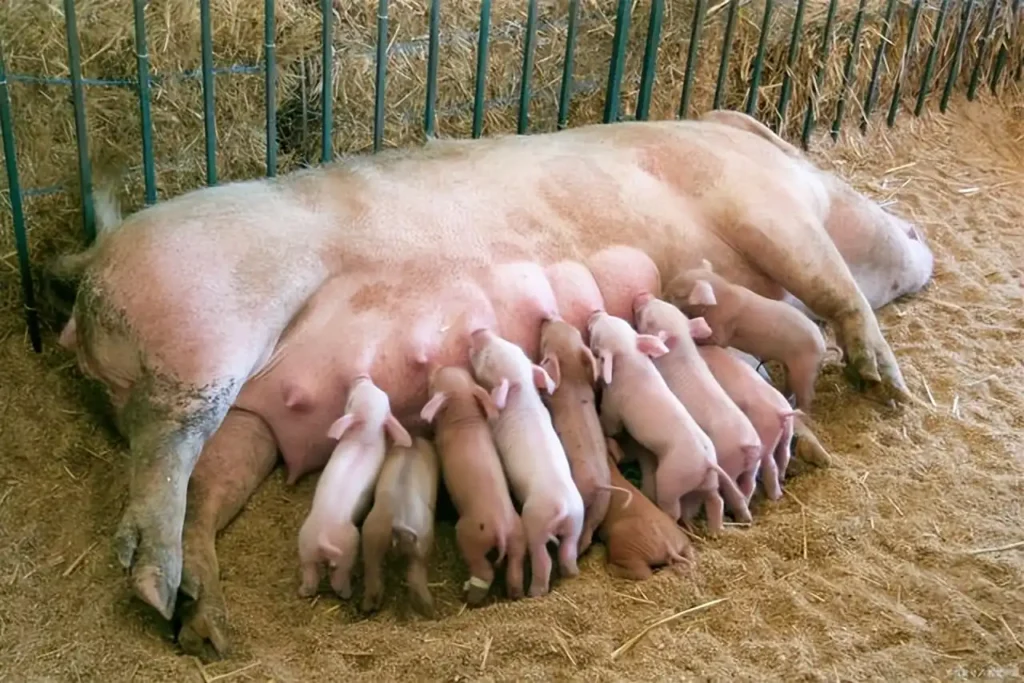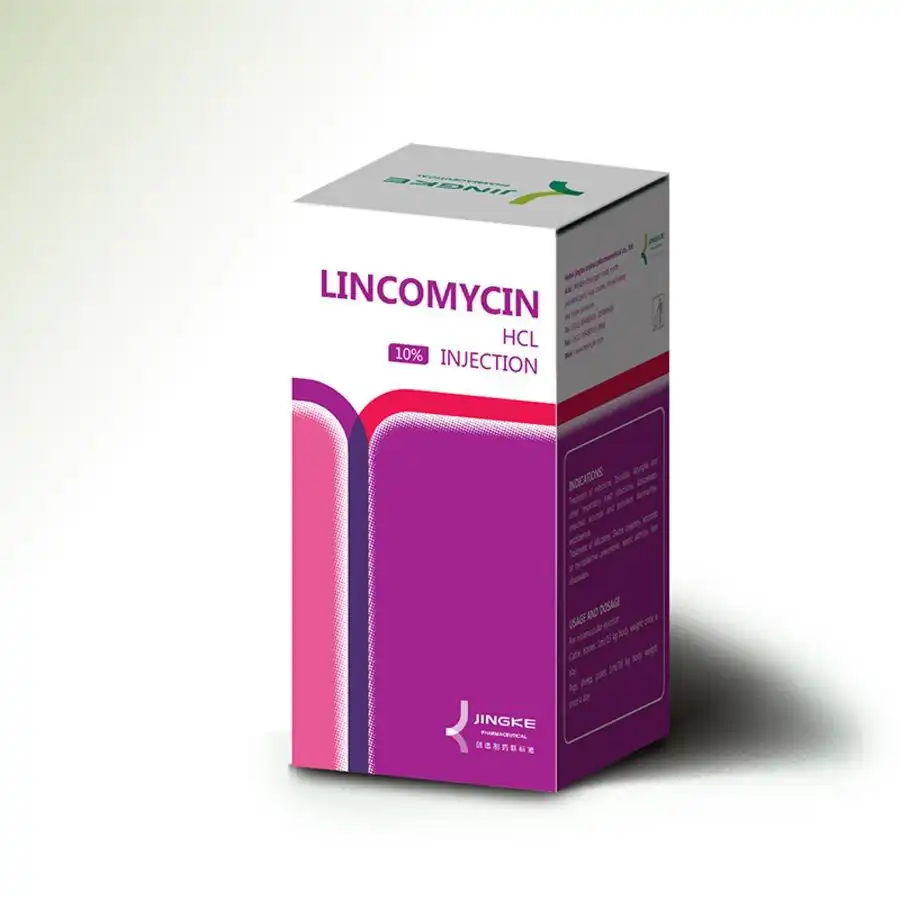Introduction to Lincomycin Hydrochloride in Veterinary Practice
Lincomycin hydrochloride is a lincosamide bacteriostatic antibiotic primarily used in livestock and poultry veterinary clinics for treating infections caused by Gram-positive and anaerobic bacteria. Its commercially available qualified raw material is a white crystalline powder with a characteristic odor, and its 10% aqueous solution has a pH of 3.0–5.5. Oral administration via drinking water is the most common method for treating large groups of livestock and poultry, with 10% lincomycin hydrochloride soluble powder being a frequently used formulation.
Lincomycin hydrochloride is a narrow-spectrum antibiotic with a clinical therapeutic effect in livestock and poultry similar to that of tylosin. Therefore, lincomycin hydrochloride has a good therapeutic effect against Gram-positive bacteria (including cocci). Notably, after the ban on inexpensive nitroimidazole drugs for anaerobic bacteria, lincomycin hydrochloride is currently the only drug with high efficacy against anaerobic bacteria, Staphylococcus aureus, and Streptococcus pneumoniae in livestock and poultry veterinary practice.
Mechanism of Action and Broad Applications
The antibacterial mechanism of lincomycin hydrochloride is similar to that of macrolide antibiotics. After oral administration and absorption, it circulates and distributes to the lesion site. Its primary action involves entering bacterial cells and acting on the 50S subunit of bacterial ribosomes, inhibiting the elongation of peptide chains and thus suppressing bacterial protein synthesis, leading to its antibacterial effect. In livestock and poultry veterinary clinical treatment, it is commonly used in the following aspects:
When sows suffer from mastitis or metritis, and piglets/sucklings develop yellow or white diarrhea, injecting the sow with “lincomycin hydrochloride injection combined with dexamethasone” on one side and oxytocin on the other side can effectively interrupt yellow or white diarrhea caused by streptococcal mastitis and metritis. However, piglets must also be treated simultaneously. For example, oral administration of enrofloxacin solution or intramuscular injection of ampicillin sulfate injection can achieve both symptomatic and radical treatment.
After sows give birth, lincomycin hydrochloride injection can also be used for preventive anti-inflammatory purposes. Once a day for 2–3 consecutive days. This medication method has a more lasting and significant effect than using penicillin and streptomycin. Combining this with administering Yimu Sheng Hua San (a traditional Chinese veterinary medicine) mixed in the sow’s feed can further enhance the clinical therapeutic effect.

When the cause of fever in pigs is temporarily unclear, administering “lincomycin hydrochloride soluble powder (injection) combined with Shuanghuanglian oral liquid (powder for injection)” via drenching, drinking water, feed mixing, or intramuscular injection can yield relatively significant therapeutic effects.
Lincomycin hydrochloride is used to treat pig coughs. When the causative pathogen of the pig’s cough is unknown, lincomycin hydrochloride soluble powder or injection can be administered for treatment. If wheezing symptoms are also present, adding an antipyretic and analgesic drug to the lincomycin hydrochloride preparation can improve the therapeutic effect.
In routine pig farming, fights between pigs sometimes occur, resulting in injuries from bites. In such cases, oral administration of lincomycin hydrochloride soluble powder or intramuscular injection of lincomycin hydrochloride, combined with vitamin C, can be used.
Castration of pigs can easily lead to infection. Administering two milliliters of lincomycin hydrochloride injection intramuscularly to each piglet during castration can effectively control castration-related infections. Combining this with gentamicin sulfate injection can further enhance the effect. This prescription is cost-effective and has a more significant effect than using cephalosporins or penicillin.
Lincomycin hydrochloride combined with gentamicin sulfate can treat mastitis and metritis in sows caused by Streptococcus, Staphylococcus, and Escherichia coli after childbirth. For mild cases, intramuscular injection for 2 days; for severe cases, intramuscular injection for 3 days, once daily.
The combined use of “lincomycin hydrochloride injection, gentamicin sulfate injection, and flumequine injection” has a very good clinical therapeutic effect on diarrhea, dysentery, and diarrhea of unknown origin in piglets.
Lincomycin hydrochloride injection combined with kanamycin sulfate injection is a preferred prescription for treating swine mycoplasmal pneumonia and is also effective against Haemophilus parasuis disease.
Lincomycin hydrochloride combined with spectinomycin hydrochloride: Adding this formula to feed as a health maintenance measure when purchasing piglets or during nursery pig transfer can effectively prevent and treat respiratory and intestinal infectious diseases.
Lincomycin Hydrochloride as a Backup Treatment
In summary, lincomycin hydrochloride is a commonly used drug in pig farms, second only to penicillin and cephalosporins in importance. Its advantage lies in its continued effectiveness when drugs like tilmicosin, florfenicol, and doxycycline are ineffective or when drug-resistant bacteria have developed. Therefore, in veterinary clinical application, for postpartum infections in sows, penicillin or cephalosporins plus streptomycin are preferred; when penicillin, cephalosporins, and streptomycin are ineffective, lincomycin hydrochloride combined with gentamicin sulfate injection is used as a backup prescription.

